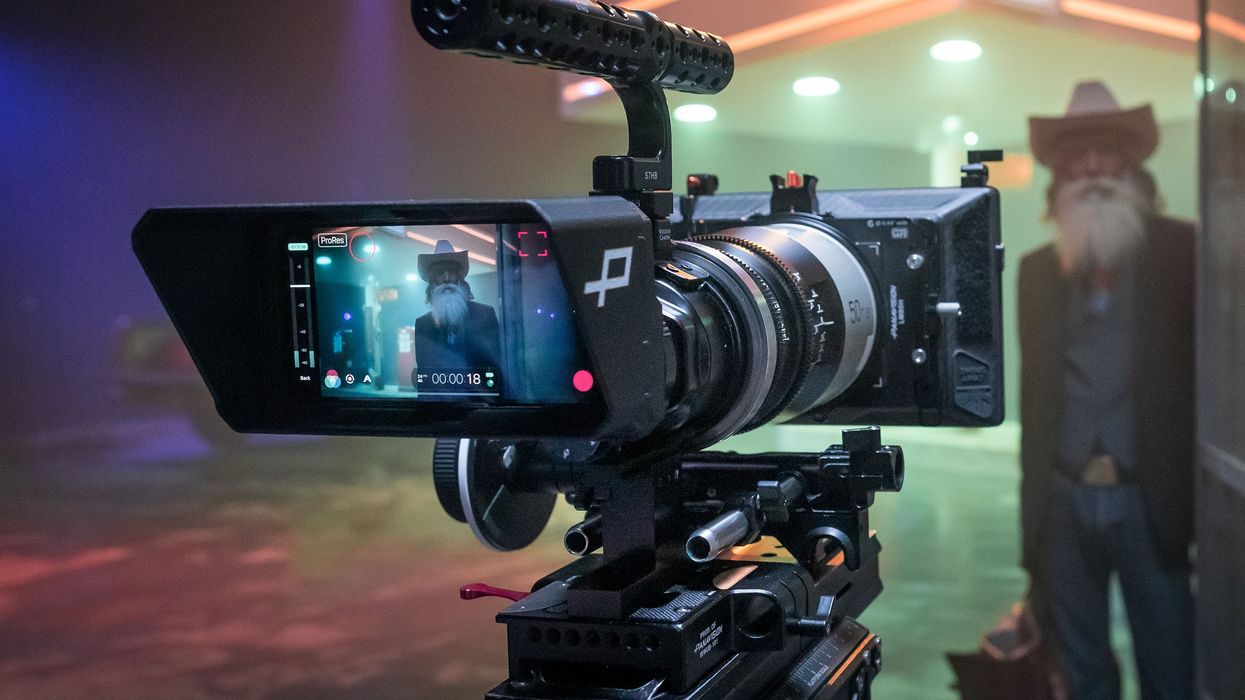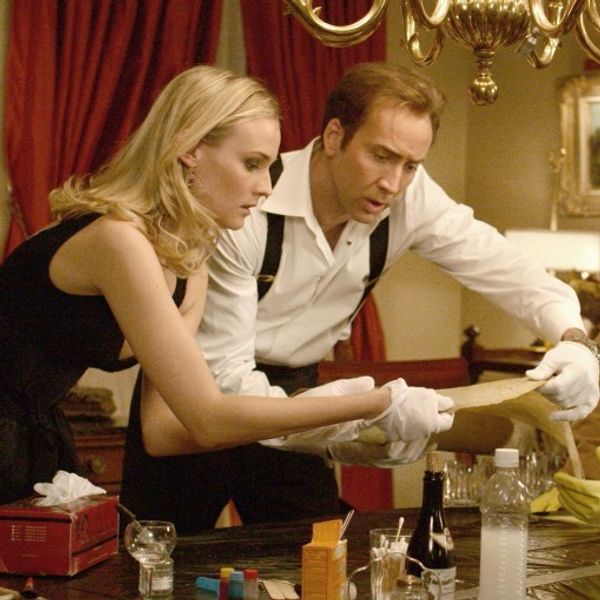FiLMiC’s Parent Company Lays Off Entire Staff, Leaving The Brand’s Future in Question
Another casualty of corporate growth leaves the future of one of the most popular video capture apps for mobile devices in a perilous position.

FiLMiC Pro being used with Frame.io
In a story that’s now almost as old as time itself, after being acquired by a larger company, the popular video capture application for smartphones and mobile devices company FiLMiC reportedly saw its entire staff laid off by its parent company Bending Spoons.
And while said parent company reports that the app should remain available and the user experience the same, there might be signs that this won’t always be the case.
Let’s take a look at this news and explore what it could mean for the future of this budding smartphone videography industry — plus explore other video capture apps that might eventually replace FiLMiC Pro’s spot as one of the favorite brands for mobile content creators.
Bending Spoons Acquires FiLMiC
Originally acquired by Bending Spoons back in September 2022, the initial deal was described as more of a “team up” rather than a full acquisition — especially one that would eventually lead to mass layoffs.
Bending Spoons, which is perhaps best known for its two flagship apps, Splice and Remini, was a good choice at the time to help move FiLMiC into a subscription model, which is usually a better model for growth and development.
However, less than two years later, it sounds like Bending Spoons has gotten everything that it needed from the original FiLMiC team and is ready to manage the app on its own, as all of the reported 22 team members from the FiLMiC company were laid off.
FiLMiC’s founder and CEO Neill Barham, also appears to have moved on from the company, which would indicate that Bending Spoons really has nothing left to gain, per se, from the original FiLMiC braintrust.
The Future of FiLMiC Pro
In a follow-up to a recent article published on PetaPixel, Bending Spoons has confirmed that “a layoff performed in November saw all 22 members of the original Filmic team depart.” However, the company goes on to say that the Filmic product has “now been fully integrated into the Bending Spoons platform.”
Bending Spoons appears to be actively working to reassure users of the FiLMiC Pro app that the product will continue under the management of a new, dedicated team at Bending Spoons and that this new team had been working with the original team since the acquisition — so, you know, they can do all the same things to “ensure a seamless user experience.”
What this news doesn’t account for, though, is the lapses in new features and developments for FiLMiC Pro as of late, as the app has been slow to add support for Apple Log and external SSD support.
The Best Apps for Mobile Video Capture
The timing of these layoffs really couldn’t be worse for Bending Spoons, either. Blackmagic continues to challenge a marketspace that FiLMiC Pro used to dominate, and the Blackmagic Camera app has proven to be a go-to video capture app specifically for the new iPhone 15 Pro. Early reviews, as well as Apple’s decision to use this app to help shoot a major live event recently, have really shown off what the free option can do.
If FiLMiC Pro is indeed going to stay relevant, it’ll need to quickly get with the times and double down on the Apple iPhone 15 Pro’s Apple Log video capabilities. And, while not saying they can’t do it, it's not usually the case that a company loses its founder and all of its core team members and then makes significant innovations.
But we’ll hold out judgment until we see what this news ultimately brings for the company and the brand.
- DoubleTake App by FiLMiC Now Supports Multicam Recording for iPhone ›
- Why I Shot My First Short Film on My Phone and with No Script ›
- Are Smartphones Cinematic? These Directors Think So ›
- Will This App Replace Your Smartphone Camera? ›
- FiLMiC Pro Version 7 Arrives with a Weekly Subscription—Are the New Features Worth the Cost? ›
- How FiLMiC Pro Is Changing How You Make Movies on Your Phone ›
- With the iPhone 11 Pro, Mobile Filmmakers Finally Get a Cinema Camera ›
















